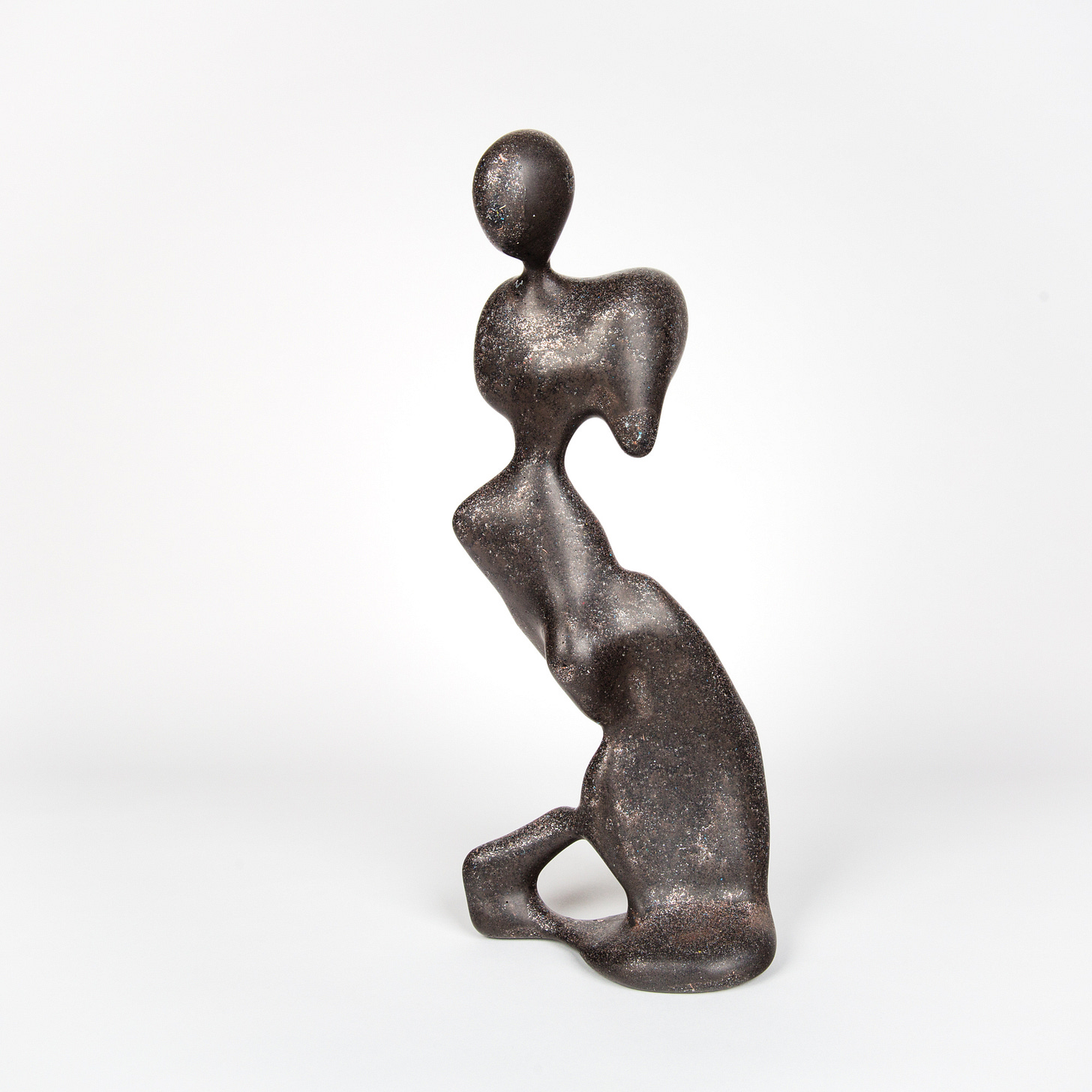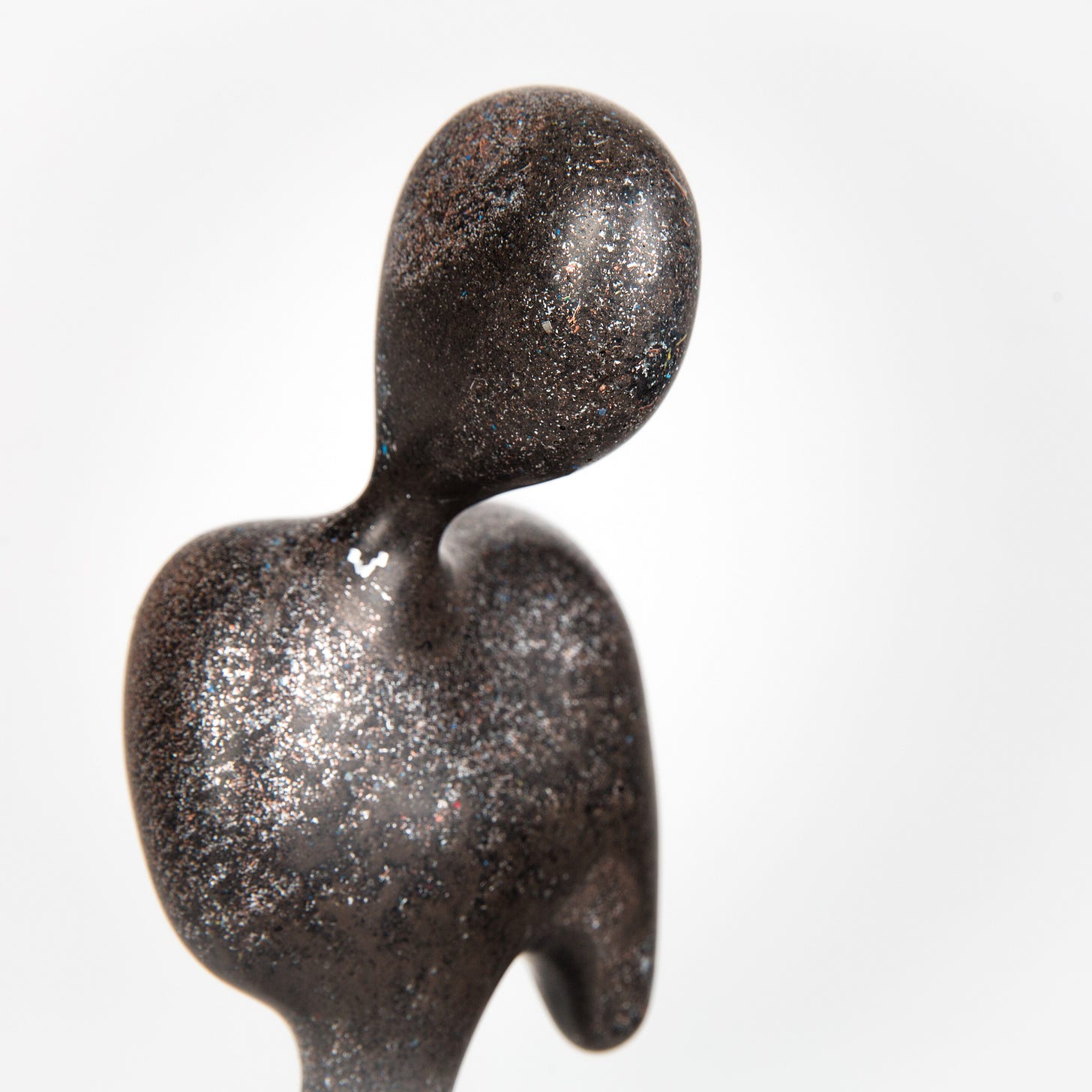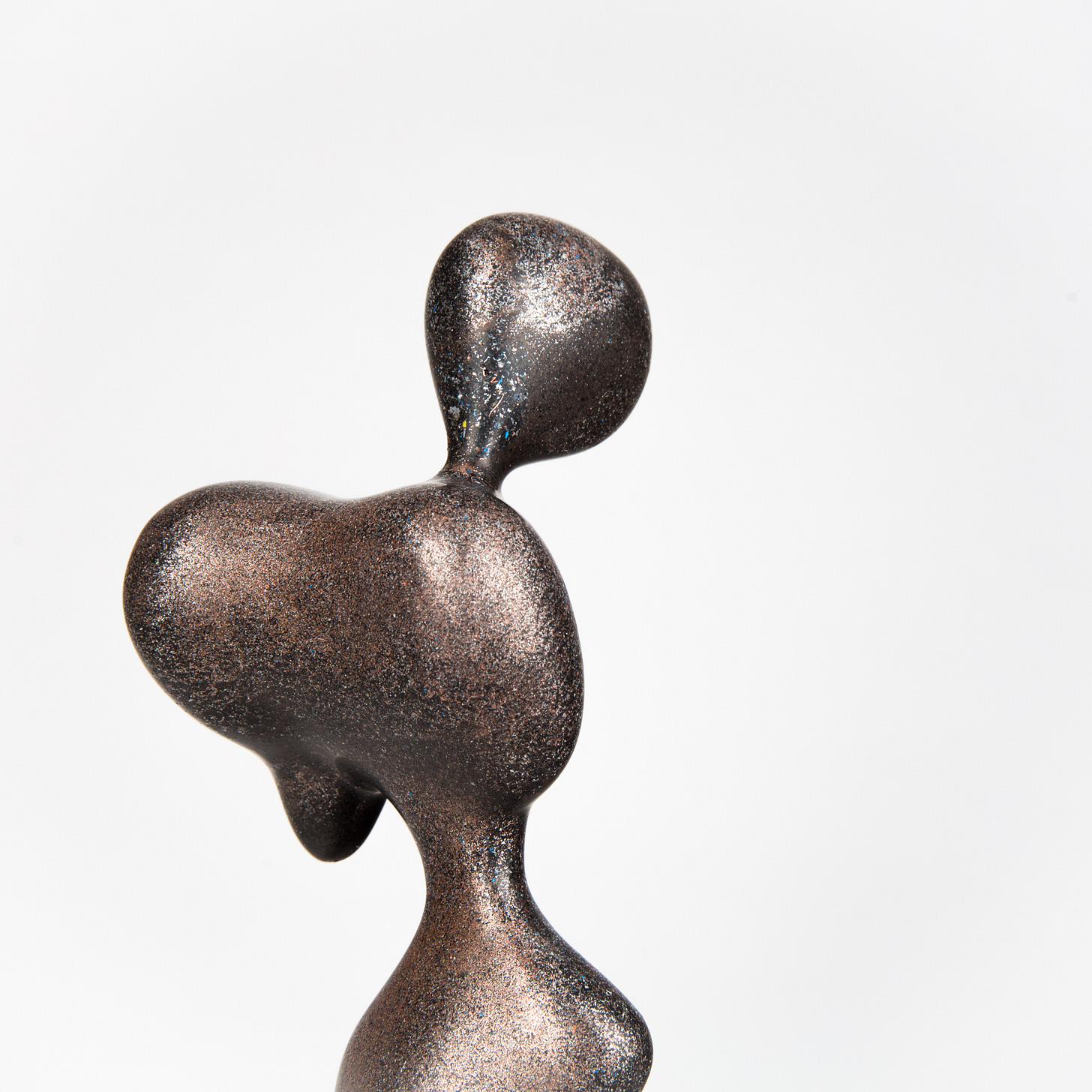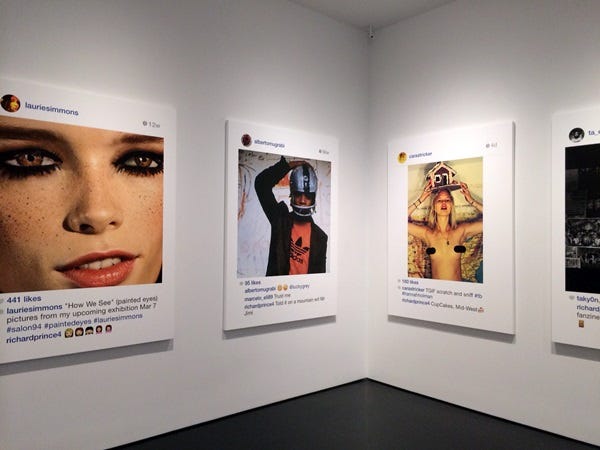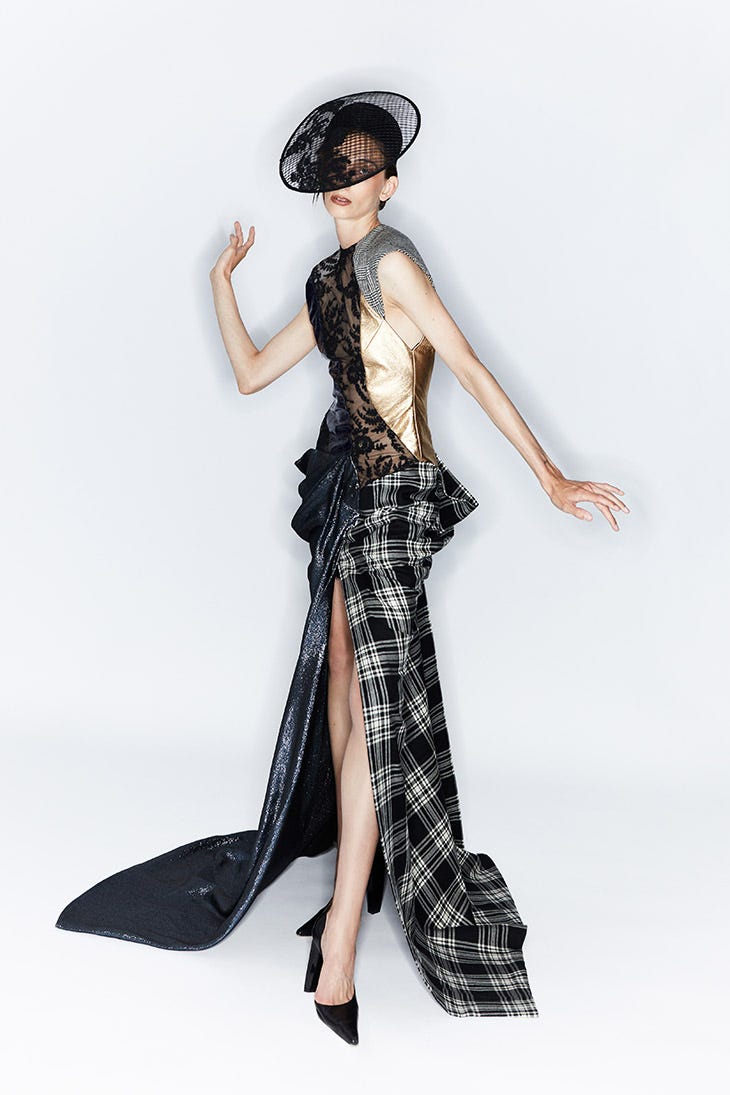Next week is the launch of our upcoming collection, titled REUSE. This week’s Eyes on Culture takes a look at some of our favourite cases of creative reuse….
A Computer 2 Ways
EYES ON: Ben Snell’s Dio
All the way back in 2018, the artist Ben Snell created Dio, a sculpture made from a model trained on over a 1,000 classical sculptures.
Dio’s design was moulded from masterpieces of the past but unlike those sculptures casted or carved, Dio was made up from the computer that imagined it. Snell ground to dust the same computer that determined Dio’s design, mixed it with resin, and refabricated into the sculpture.
WHY WE’RE WATCHING:
This act of reuse is captivating because there’s something magical about the transformation that occurs. It’s like an act of alchemy. The computer is used first for its computing value, and then reused in a different state, for its material value. As Snell put it, “reborn, the computers assume a newfound physical agency, while traces of their invisible processing power live on in their bodily form.”
Shiny metallic flecks caught in Dio’s resin surface reflect the “invisible processing power” of a computer. The mystery of computing, which so few of us are actually privy to (what is actually happening in there?) is made material, infused into the object.
The Prince of Appropriation
EYES ON: Richard Prince’s Instagram work
The artist Richard Prince’s work offers a really interesting, and straight forward example of reuse. One that isn’t always legal.
Prince often borrows images directly from other photographers, sometimes making slight alterations and then presenting them as his own. Throughout the 2010’s he did this through Instagram, in what he called “screen saves.”
“Screen saves” consist of others’ instagram posts, blown-up and printed, with a Prince edited comment below the stolen image. Taken straight from the screen, the posts are reused, as his own.
WHY WE’RE WATCHING:
It’s quite shocking how often Prince repeated this considerably ballsy act of radical reuse over the years. Even after a court ruled that his Canal Zone series did not modify Patrick Caribou’s images adequately enough to warrant being called original work and so must be destroyed, Prince continued to take from others (he also later appealed this judgement and won).
In his more recent work, the recontextualisation of an Instagram post—taken from the screen, printed and placed on a gallery wall—works in his favour to muddy the copyright waters. But that legal edge doesn’t seem to matter to him, in Prince’s words, “copyright has never interested me.”
A classic bad-boy artist move which asks how far one can take the maybe-exhausted “who is the artist really?” question before getting told off, Prince’s work does serve to remind us of the boundaries between reuse and theft.
Escaping the upcycling brand
EYES ON: RVDK
Founded in 2014, RVDK—Ronald van der Kemp—is a brand that proposes an alternative to the current wasteful ways of the fashion industry. Made from “high-end existing materials and leftovers” each RVDK piece is “crafted by hand by small ateliers and artisans in his native Holland.”
A circular approach to a fashion system is no new idea. Upcycled clothes, seen all over small brand-selling sites and on young girls in big cities, is a current trend for its aesthetic proposition as much as its ethical one.
Upcycling at RVDK is pitched differently though. The brand frames reused materials in terms of scarcity.
WHY WE’RE WATCHING:
Around for a long time yet still desirable, used high-quality materials offer seasonless and timeless value, the brand claims. But most importantly, they’re one-of-a-kind.
Forget the environmental case, reuse is luxury, reuse is rarity. RVDK sells “wardrobes consisting of limited-edition statement pieces.”
This, we think, is interesting in terms of the brand’s placement in high fashion, because all of this is of course true, each item RVDK makes is by definition limited edition, rare, one-of-a-kind, but the “statement piece” part is where things get more sticky.
Most of the time, upcycled clothing items stink of reuse. It’s hard to escape the “statement” that is their means of production.
Often patchy, mismatched, colourful—a garment made from reused materials carries with it a whole lot of aesthetic baggage as well as creative constraints. The inferences are inescapable. So, whether RVDK likes it or not, their clothes can’t not be read in terms of how they’re made. There will always be an additional “statement” to fight against, one which doesn’t necessarily inspire ideas of luxury.





